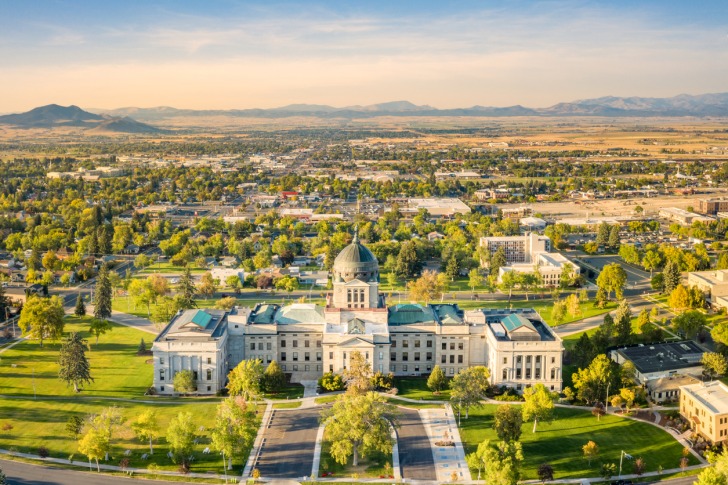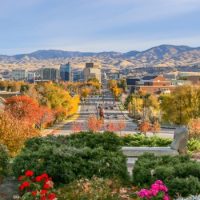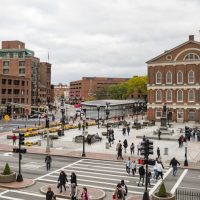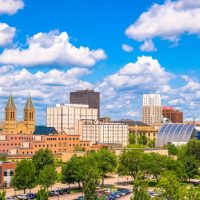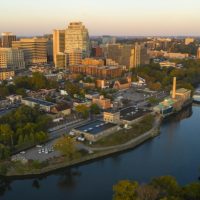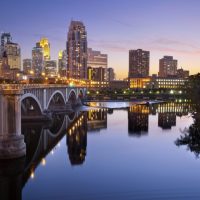Montana is attractive as a home due to its natural beauty and sparse population.
Nicknamed ‘Big Sky Country,’ it is the fourth-largest state by area.
However, Montana is also the third least densely populated state in the United States.
Mountain ranges and prairie terrain engulf most of the region, with few large cities.
Breweries, lumber, and mineral extraction are the primary economic industries, in addition to tourism.
Artists, ranchers, and nature lovers are drawn to this desirable state because of its laid-back nature.
Glacier National Park and Yellowstone Park showcase the beauty of these protected lands and the protective nature of the state’s wildlife and waterfowl production areas.
If you are looking for grand mountains and a climate that follows the environment of the warm Pacific North to the cold continental air that arrives from Canada, Montana is the perfect location.
10 Cheapest Places to Live in Montana
If you are ready to plunge into a new way of life that includes the beauty of our country and the diversity of Native Americans, Hispanics, and Caucasian neighbors, here are some affordable towns to consider.
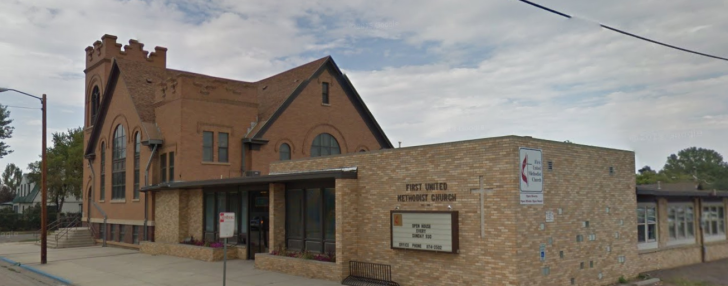
1. Miles City, Montana
Miles City, Montana, is an affordable place to live.
It attracts families looking for small-town charm and lots of outdoor activities.
The average rent for a 2-bedroom apartment is $700 monthly, and home prices are around $250,000.
A yearly income of $48,300 for families and $29,200 for a single person is enough to live comfortably.
This small town of 8,400 has a friendly neighborhood atmosphere where hunting and fishing have become community sports.
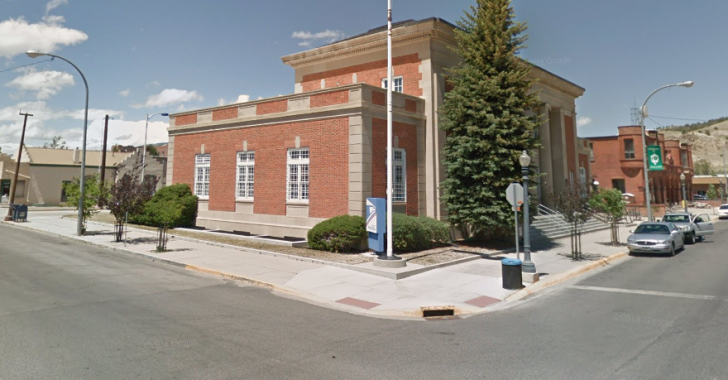
2. Anaconda, Montana
Anaconda, Montana, can be found at the foot of the Anaconda Range.
Surrounded by the Beaverhead National Forest and the Deerlodge National Forest, there is no shortage of magnificent views from the small town of 9,400 residents.
White Hispanics dominate this town at 88.7% of the population.
White and American Indians follow with less than 5%, respectively.
The average home price is $145,000, and 67% of the residents own it.
Income is around $45,000 annually; most jobs are in neighboring cities.
The average drive to employment is 17 miles.
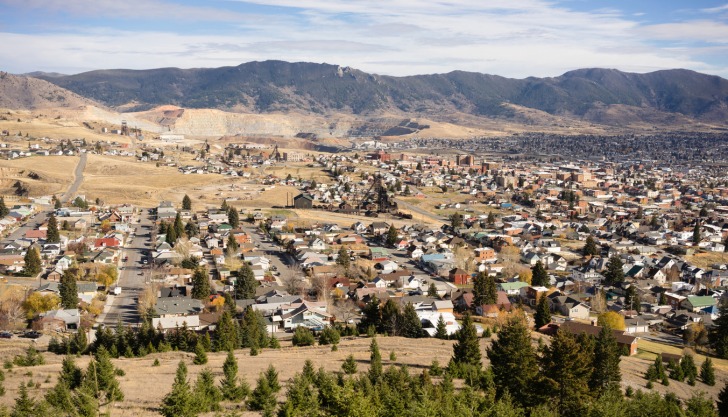
3. Butte, Montana
Butte, Montana, is located on the Continental Divide.
Until recently, this mining town produced over 48 billion dollars of ore.
Traces of old mines are still visible from the city. Energy companies and healthcare now account for its economy.
Younger people dominate the 34,000-person population, with above-average schools.
Seventy percent are homeowners, and the median price is $197,000.
The median rent is $786 per month, and the average household income is $56,500.
Butte, Montana, has been rated 8 out of 40 as the best place to live in Montana.
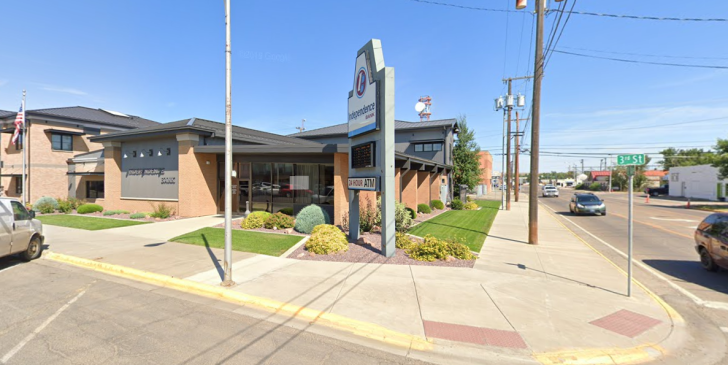
4. Havre, Montana
Havre, Montana, is on the Canadian border.
Its population is around 9,300, and the suburbs are sparsely laid out.
Outdoor activities are massive in this small town, and you have to love cold weather to live here.
The school system is rated above average.
The median value is $193,300, and rent is affordable at $815.00 monthly, mainly for families and young professionals who are homeowners.
Healthcare and the railroad are the largest employers in the area.
The yearly income is $59,000, which is a good deal of travel to surrounding towns for work.
Most people who relocate here tend to stay in the area.
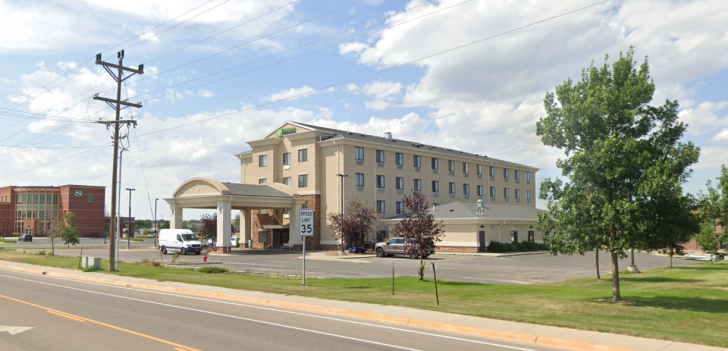
5. Sidney, Montana
Sidney, Montana, is located along the North Dakota border.
It is known for fishing for giant prehistoric paddlefish, big game, and waterfowl, which are great hunts.
There are only 6,200 residents in this small town, nicknamed the Sunshine City.
Agriculture is the largest commodity in the area, where grains, sugar beets, corn, beans, and hay are grown.
The median income is $65,900, and home values are around $271,000.
Most homeowners are retirees, but schools are above average and suitable for raising a family.
Although rated as an affordable city in Montana, the crime statistics are above the national average.

6. Great Falls, Montana
Great Falls, Montana, is affordable and has a lot to offer.
It has the nation’s largest freshwater spring in Giant Spring State Park.
60,000 residents enjoy the natural amenities while having urban pleasures nearby.
Young professionals and families find the dense suburban feel and affordability inviting.
The average home price is $223,700, and rent falls below the national average at $828 per month.
Property crimes are slightly above the national average, but the school system receives good ratings.
Great Falls is not your average urban setting with lots to do, but it entices those who prefer a quiet life.
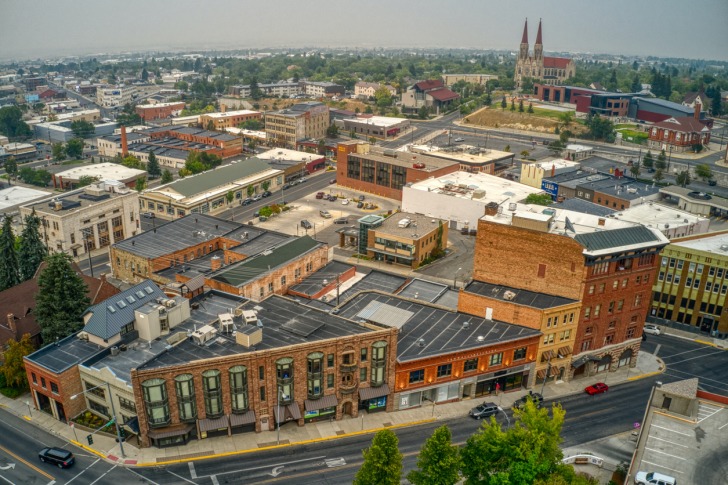
7. Helena, Montana
Helena, Montana, is the state capital and one of the cheapest cities.
Outdoor enthusiasts are drawn to this location due to the proximity of Yellowstone National Park and Glacier National Park.
33,000 residents live in this town, which is rated one of the best places to live in Montana.
The median house average is $331,700, and rent is $969 monthly.
The average median family income is $64,800, and many young professionals find the dense, sprawling feel a plus.
Many are happy to call Helena home as they move into family life.
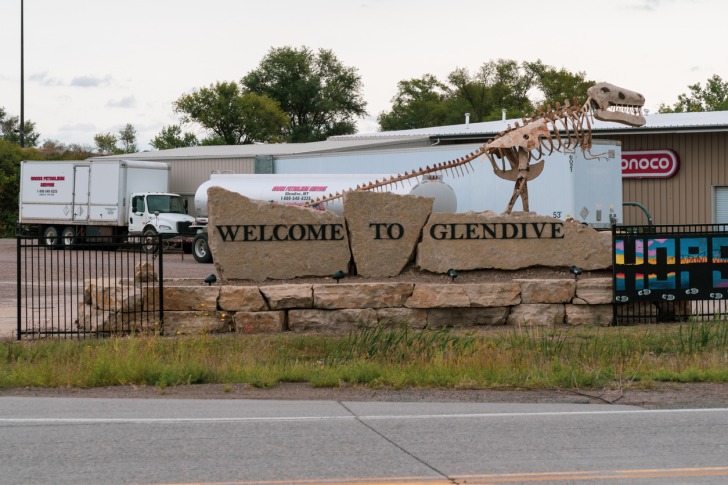
8. Glendive, Montana
Glendive, Montana, is one of the cheapest towns to live in.
With a cost of living 20% lower than any other town in Montana, you can live comfortably on $31,600 a year.
Families would require a bit more, at $41,000 annually.
The average rent is only $500 monthly, and the average house is appraised at $207,500.
The impressive badlands border the southern edge of Glendive, while the Yellowstone River helps to make the land rich and fertile.
Agriculture and ranching make this small town of 4,800 a favorite of conservative residents.
The median household income is $65,000 yearly, and crime is relatively low.
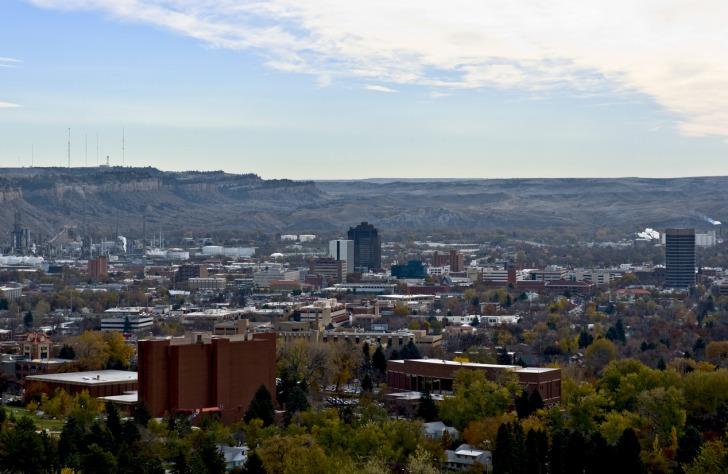
9. Billings, Montana
Billings, Montana, is a peek at several other popular Yellowstone Park area tourist attractions.
Filled with art, music, and outdoor activities, the 115,600 residents need not travel far for entertainment.
The median age is 37, and raising families is shared by many.
The median income is $46,600, and numerous employment opportunities exist within various industries.
Home prices average $376,000, and the landscape has a sparse suburban feel.
Although the cost of living statistics rate Billings slightly higher than the national average, the amenities and income availability make it an affordable city.

10. Glasgow, Montana
Glasgow, Montana, is the cheapest place to live in Montana.
Near the Canadian border, this town of 3,200 is considered isolated from the hustle and bustle of any city.
The average value of homes is $180,000, which is appreciating significantly.
It is rated #3 out of 40 for cheap places to live in Montana.
The median monthly rent is lower than the national average at $704.
The average resident is 42, and the median household income is $65,800.
While a desirable place for retirees, young families find keeping children occupied with public activities challenging.
Montana Safety Overview
READ THE FULL REPORT: Montana Safety Review
Safety Index: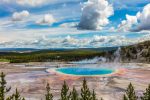
- OVERALL RISK: LOW
- TRANSPORT & TAXIS RISK: LOW
- PICKPOCKETS RISK: LOW
- NATURAL DISASTERS RISK: MEDIUM
- MUGGING RISK: LOW
- TERRORISM RISK: LOW
- SCAMS RISK: LOW
- WOMEN TRAVELERS RISK: LOW
Frequently Asked Questions
Why is Montana considered an excellent place to retire?
Besides enjoying the great outdoors and communities filled with warm people, the state’s tax structure can add to its affordability.
There is no sales tax in Montana, and property taxes are low.
Seniors on a fixed income have less worry about rising costs.
Is it possible to find employment in Montana?
Montana has a diversified economy that supports different types of work.
Agriculture and ranching far outpace the state’s labor openings, but cities such as Billings, Great Falls, and Missoula have great opportunities for professionals and blue-collar workers.
Is Montana prejudiced against different cultural diversities?
Not at all.
People from all over the world have made Montana their home and feel welcomed by most residents.
Growing communities of Asian, African, and Latin American immigrants have blended nicely with Native American cultures and others.
You can find the perfect community for your preferred culture by researching different areas of the state.
